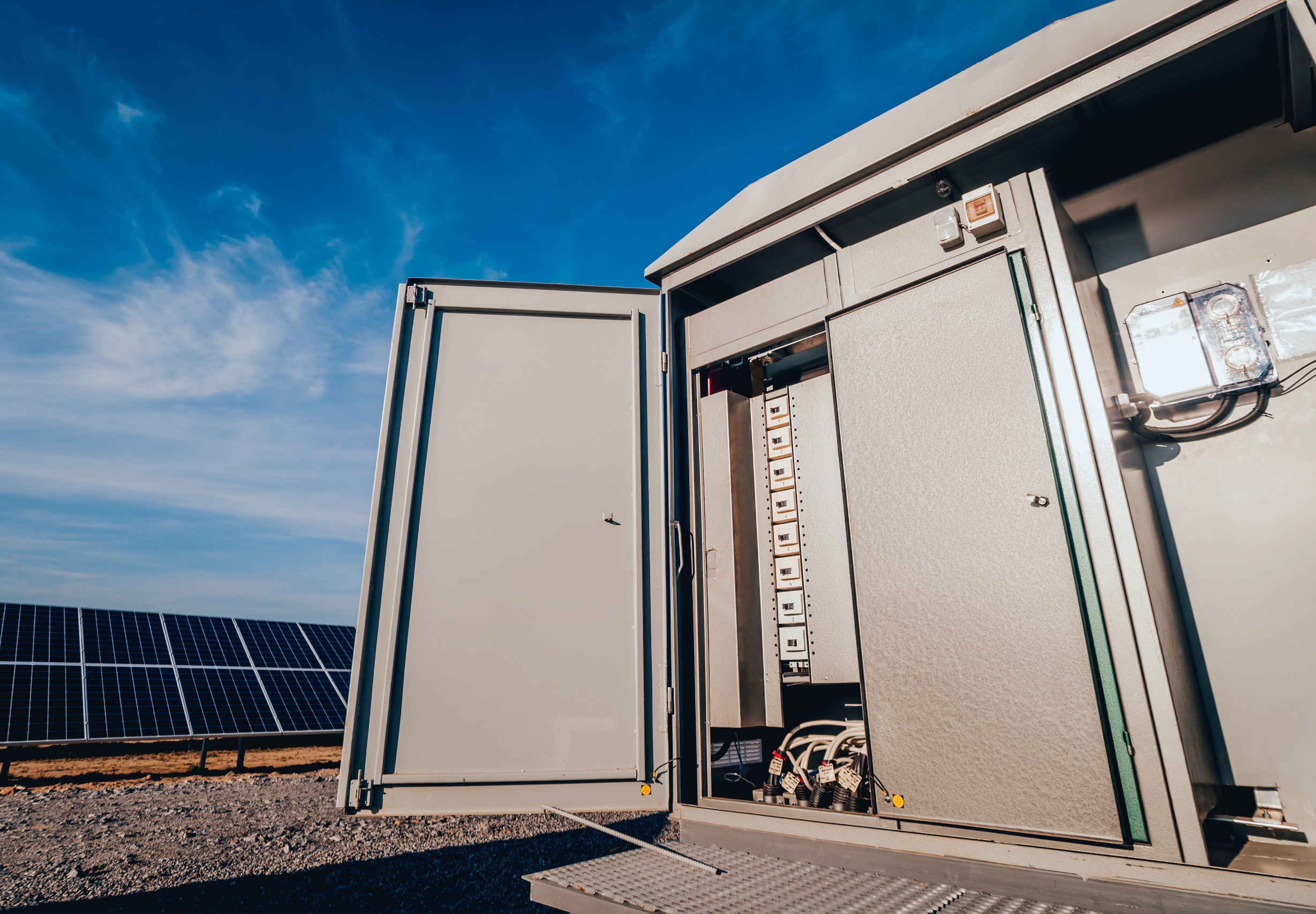According to data from the Energy Information Administration (EIA), more than 20 gigawatts (GW) of battery capacity have been added to the US electric grid in the last four years. This rapid expansion is equivalent to the production of 20 nuclear reactors and is crucial for averting power disruptions, especially in states that rely significantly on intermittent renewable energy sources such as wind and solar.



Thats what was said, for some applications 1c is good, for others 0,5 or even 0,25 is better. It depends on your usecase. Frequency regulation is often 1c, while if you are primarily concerned about depth, you could choose another configuration. It is also partly dependent on chemistry.
As an example: a 100kWh can be at either 1c discharge rate, or 0,5c. 50 kW(0,5c) is usually cheaper because there is less need for hardware (and I believe less risk of thermal runaway)